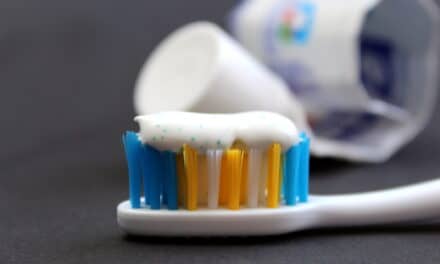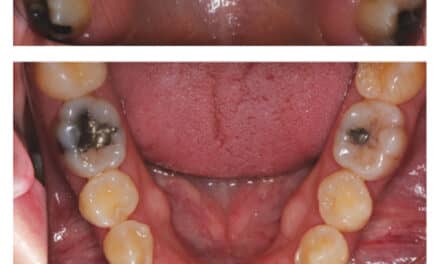Researchers from the Eastman Dental Institute at University College London have found that changing occlusal plane angle can affect the attractiveness of a patient’s smile, according to an article on DrBicuspid.com.
To determine the influence of the occlusal plane angle on smileattractiveness, the researchers enlisted 66 adult orthodontic patientsand 66 dentists. The researchers recorded changes in vertical toothposition at different occlusal plane angles using a maxillary modelmounted on an articulator. They then photographically manipulated thedata to produce a computerized prediction of the appearance of the smileat five different occlusal plane angles: 0º, 5º, 10º, 15º, and 20º.Participants then assessed the five developed photographs.
The researchers found that alterations in the occlusal plane angledid affect relative smile attractiveness for both patients and dentists;however, patients were found to be more tolerant of these changes thandentists.
For patients, the 10º smile was rated better than the 0º and 20ºsmiles (p<0.01). For dentists, the 15º smile was rated better thanthe 0º and 20º smiles (p<0.01). The 5º, 10º, and 15º smiles wereindistinguishable for dentists.
The researchers conclude that while small changes are unlikely toaffect smile attractiveness, large changes in the occlusal plane wouldaffect relative smile attractiveness.
Their findings appear in the journal Angle Orthodontist.









